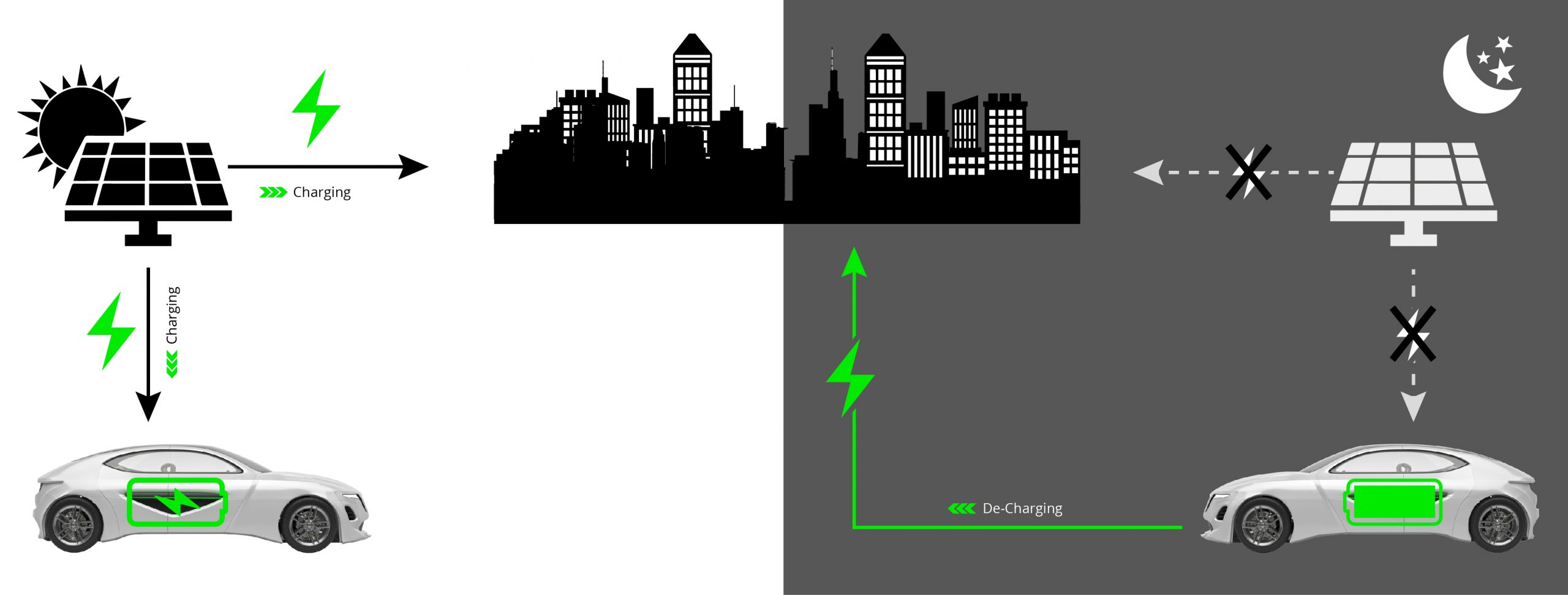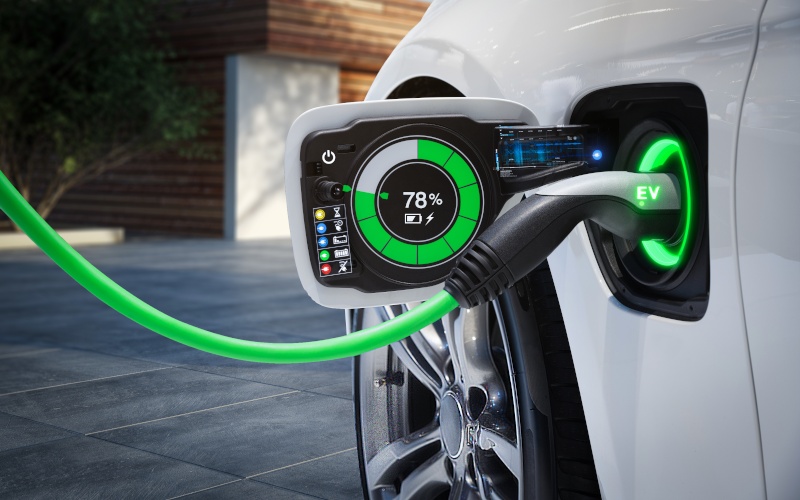
Why do we need vehicle to grid technology?
How does it work and which cars feature vehicle to grid charging?
Here is what you need to know:
Electric vehicles (EVs) are rapidly becoming more important for everyday life
and so does vehicle to grid technology (V2G).
But while EVs represent a significant step forward for the environment, their growing energy demands also pose some serious challenges for the stability of the power grid.
For example, what happens when thousands or even millions of EV owners all charge their vehicles at the same time? Will the rising number of energy-hungry EV batteries cause the grid to overload and shut down?
Renewable sources such as solar and wind are quickly gaining momentum, but they’re unable to generate electricity all the time, such as when the sun isn’t shining, or the wind isn’t blowing.
This intermittency can lead to shortfalls in supply, particularly during evenings when people return home from work.
To maximize the benefits of renewable energy, we need technologies that enable EV batteries to store it when it’s freely available – and feed it back into the grid when we need it the most.
How does vehicle to grid technology work?
In simple terms, vehicle to grid enables EVs to export their unused battery capacity back to the grid to fill gaps in renewable energy generation or provide support during times of peak demand.
It’s estimated there will be around 200 million EVs on the road by 2030, most of which will spend much of their time sitting idle and connected to a charger. By utilizing V2G technology, we can combine these vehicles into a mobile “big battery” that efficiently charges and discharges electricity at different times of the day, exactly when it’s required.
And as most EVs recharge overnight, V2G enables them to utilize more renewable energy during periods of low demand and ready their batteries at full capacity for the following morning. Supported by embedded V2G software, owners can also customize the time and volume of their exports to best suit their living and driving habits.
The Benefits of V2G
In addition to improving grid stability, EV owners can also generate revenue from their exported electricity, a factor that can significantly lower ownership costs over a vehicle’s lifetime. For network operators, V2G can also help to negate expensive infrastructure upgrades, a factor that ultimately reduces electricity costs for all end consumers.
On an environmental level, V2G lowers carbon emissions by helping EVs utilize higher volumes of renewable energy. Via specialized V2G software, EVs can charge when renewable sources are freely available and then feed it back into the network when solar and wind generation is low.
The drawbacks of V2G
While V2G technology has many unique benefits, there are also some challenges that are helpful to understand. With more frequent charging and discharging, V2G can impact an EV battery’s lifespan, although only a few percent of its capacity may be required on any given day.
The conversion process of V2G also yields a loss of energy, as current efficiencies are generally between 50% and 70%.
For automakers, V2G functionality requires specialized hardware – primarily in the form of a bi-directional inverter – in addition to accompanying software.
As a result, V2G integration carries a higher cost for manufacturers, which can limit its inclusion to specific models and trim levels.
What are the differences between V1G and V2G?
Commonly known as “smart charging”, V1G is currently the cheaper and more common option for EV implementation. In contrast to V2G, which is two-directional, V1G is one-directional and varies the time and speed of EV charging to provide grid frequency response and load balancing services.
Although V1G cannot export electricity back to the grid, it provides valuable “load shifting” during periods of high demand, a function that helps to maintain the integrity of the local energy network.
Cleaner and more reliable energy
By strengthening the power grid and maximizing the use of renewable energy – not to mention generating income for vehicle owners – V2G is one of the critical factors driving global EV adoption.
And as automakers rapidly electrify both passenger and commercial vehicles, V2G will vastly improve how we generate, store, and use energy – helping to accelerate us along the road to emission-free driving.
Which cars use vehicle to grid technology?
As of 2021 there are only a few commercially available cars that are V2G compatible:
- Nissan e-NV200
- Nissan LEAF
- Mitsubishi Outlander PHEV
- Mitsubishi Eclipse Cross PHEV
- From 2022 on all electric vehicles from Volkswagen that use the MEB (modular electric-drive toolkit) will be V2G capable as stated in an interview with the Handelsblatt
Related content:
Intelligent EV charging technology in an AUTOSAR environment – Webinar
Try EB tresos for free
Your entry into the world of Classic AUTOSAR.






